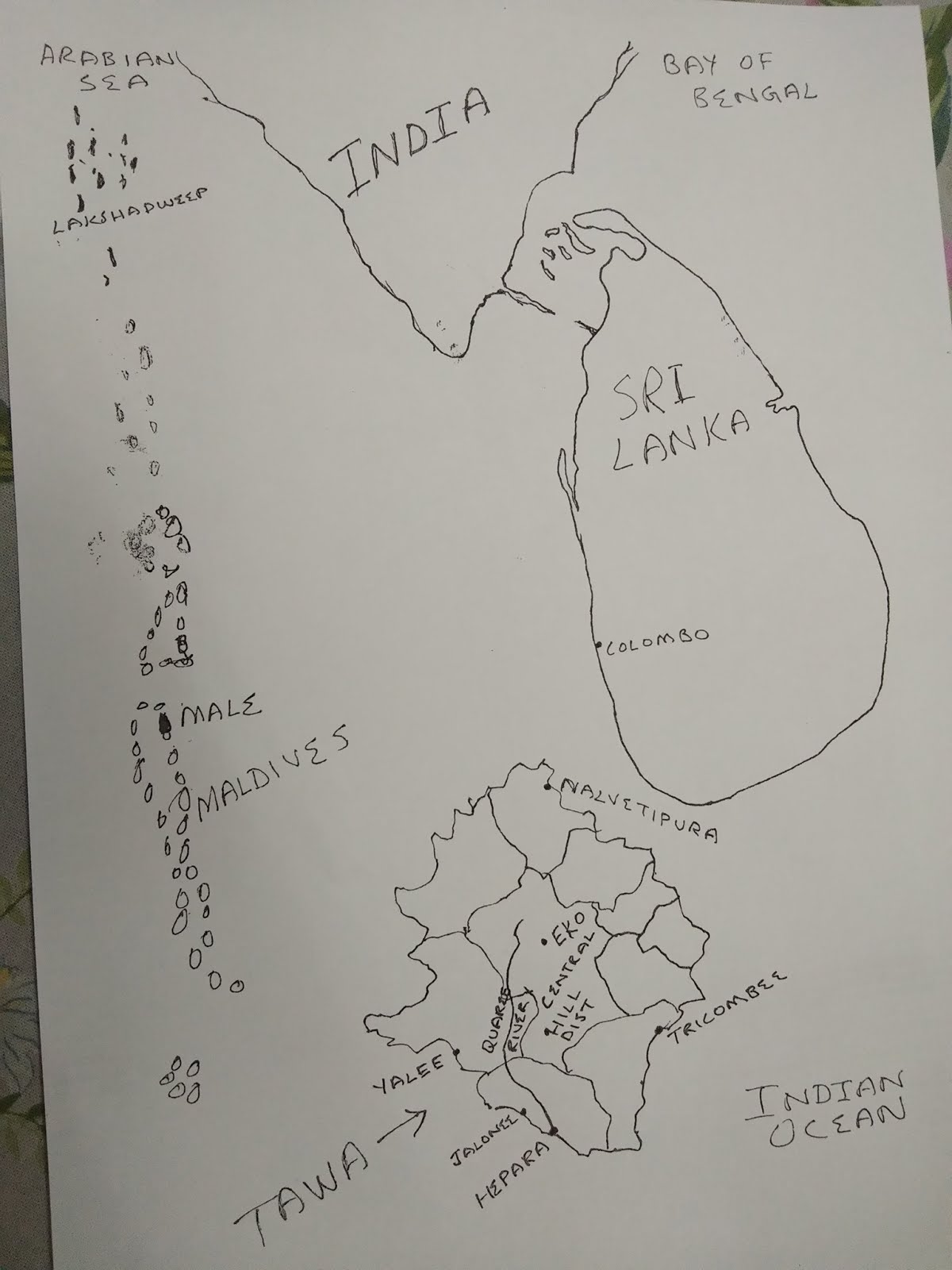
The sequel to The Immortals of Meluha was released a few weeks ago. In the The Immortals of Meluha, the Nagas had been cast as an evil race, one which helped the bad Chandravanshis carry out terrorist attacks in Meluha. However, Tripathi had also shown the Nagas in a good light in one instance where a Naga terrorist contingent rescues a woman from the jaws of a crocodile. Since the sequel is called The Secret Of The Nagas, I did expect an about-turn on the Nagas and I was not disappointed. The Nagas aren’t evil. In fact, they are downright friendly, helpful and even risk their necks to save people from trouble. We are shown a bunch of Nagas, the same people who carried out terrorist attacks in Meluha, who have now come to Swadweep following Shiva and Sati, take on a group of Magadhan soldiers who are trying to snatch a tribal child from its mother so that the child can be used as a bull race jockey. Yes, ‘bull race’ and not ‘camel race’, in case you wondered.
Shiva is on a quest to avenge the murder of Brahaspati, the Chief Scientist of Meluha, whom he had come to accept as his blood brother. He is sure that the Nagas are to blame for his death. The quest to find the Nagas and make them pay takes him to various parts of Swadweep which is actually a confederation of kingdoms, the richest and the most powerful of which is Branga. Yes, Branga with an ‘r’ and not ‘Banga’ or ‘Bengal’. The Brangas are shown to be rich, technologically advanced and nasty – they actually kill a peacock which triggers a riot, but then Tripathi does his usual above-turn and it seems that the Brangas are suffering from a plague in their own land and peacock blood, when mixed with a paste provided by the Nagas, can save children’s lives. Branga pays tribute to Ayodhya just to get some privacy!
There are too many about-turns in the book and after a while, you sort of start expecting Tripathi to go back on everything he says. Parshuram the bandit, who once beheaded his mother, isn’t what he appears to be. Plus he had a very good reason for beheading his mother. Even though Mount Mandar has been destroyed, the Meluhans do have a backup factory for the production of Somras. Anandamayi, the Chandravanshi princess, had seemed to be a vamp, but then she starts showing character and intelligence and actually wins over Parvateshwar, who had taken a vow of celibacy almost two hundred years ago! I wasn’t particularly surprised when I found out that Sati is related to the Nagas and finally, when towards the end someone who until them had seemed to be irreproachable and above suspicion falls to the dirt, I wasn’t particularly surprised. Do please read this book to find out more.
Tripathi continues to show the people of Sapt Sindhu to be technologically advanced. The Brangas’ ship-building skills are exceptional and the locks which the Brangas have built on the Ganges can beat the best in today’s world. Temples seem to work as transmitters, sending out radio waves which travel at the speed of thought. No, they are thoughts and not radio waves. Actually, I can’t explain this properly and will leave it to you to read the book and find out. Tripathi also elaborates on the competitive exams which allow anyone to become a Brahmin. Now it turns out that even non-Brahmins can take a competitive exam and become a Vasudev (a temple priest).
Tripathi’s language has not improved or changed much in The Secret of The Nagas. There is abundant use of words such as a ‘brutal’ and ‘vicious’. For example, while describing the battle of Madhumati between Shiva’s gang and Bandit Parshuram’s thugs, we read that ‘he clearly wanted brutal close combat’; ‘Parshuram charged. Followed by his vicious horde’; ‘....brought his battleaxe up in a brutal swing’; ‘The formidable axe severed through a part of the hide covered bronze shield’; ‘Shiva pirouetted smartly to avoid a vicious stab from one of the bandits......’ If one got a rupee every time Shiva pirouetted smartly to avoid a stab or a blow, or someone stabbed brutally or viciously, one would read The Secret of the Nagas for free! I exaggerate a little bit, but not much.
Just as for The Immortals of Meluha, reconciling oneself to and accepting history as rewritten by Tripathi, is key to enjoying The Secret of The Nagas. With his second book, which is as good or rather, maintains the same standards as The Immortals of Meluha, I would say that Tripathi has established himself as a bestselling author who can write in English and still connect with the common man, one as good as Chetan Bhagat.






No comments:
Post a Comment